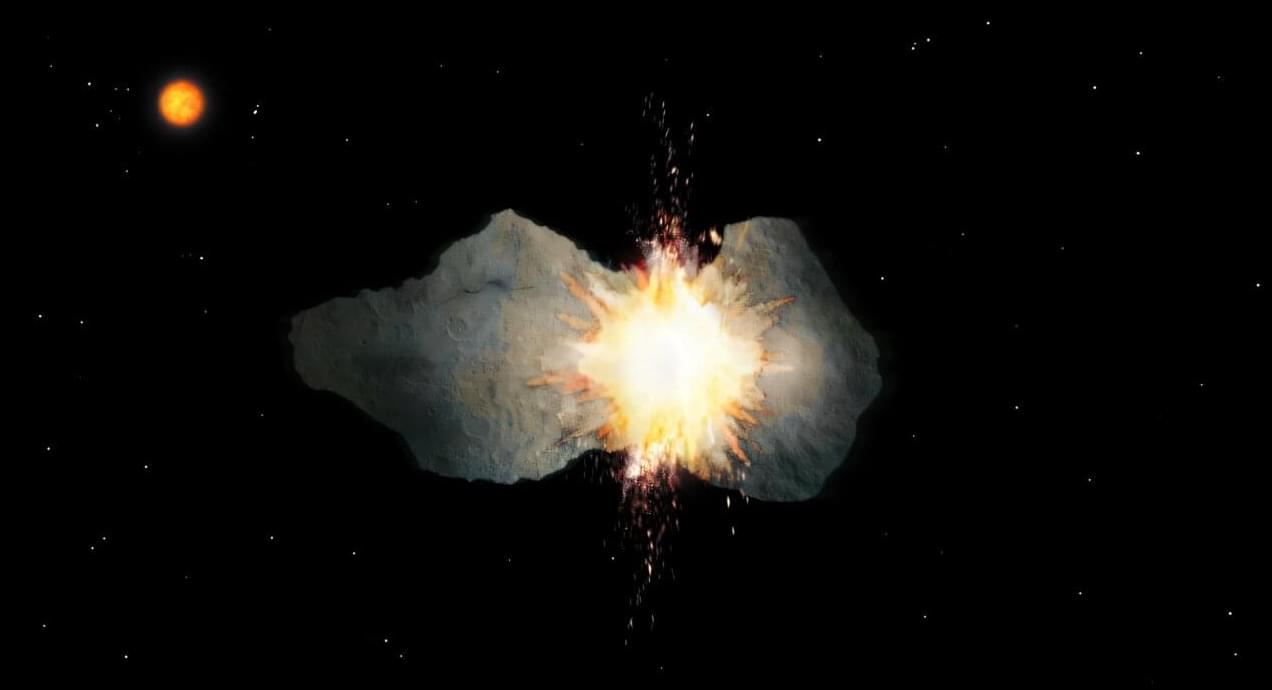Whether an asteroid is spinning neatly on its axis or tumbling chaotically, and how fast it is doing so, has been shown to be dependent on how frequently it has experienced collisions. The findings, presented at the recent EPSC-DPS2025 Joint Meeting in Helsinki, are based on data from the European Space Agency’s Gaia mission and provide a means of determining an asteroid’s physical properties—information that is vital for successfully deflecting asteroids on a collision course with Earth.
“By leveraging Gaia’s unique dataset, advanced modeling and A.I. tools, we’ve revealed the hidden physics shaping asteroid rotation, and opened a new window into the interiors of these ancient worlds,” said Dr. Wen-Han Zhou of the University of Tokyo, who presented the results at EPSC-DPS2025.
During its survey of the entire sky, the Gaia mission produced a huge dataset of asteroid rotations based on their light curves, which describe how the light reflected by an asteroid changes over time as it rotates. When the asteroid data is plotted on a graph of the rotation period versus diameter, something startling stands out—there’s a gap, or dividing line that appears to split two distinct populations.
